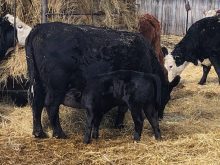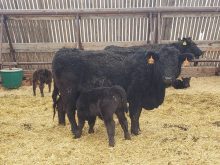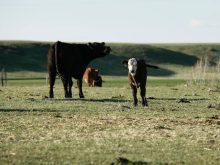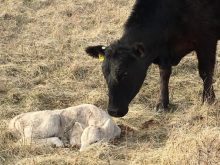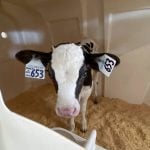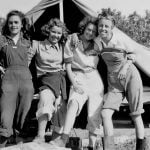Calves born during blizzards or any type of cold weather can chill quickly. Calves with body temperature below 38 C need warming. If their temperature is below 36 C, their condition is critical. There are several ways to safely warm calves.
Dr. Robert Callan, a veterinarian and professor at Colorado State University in the Department of Clinical Sciences, says a newborn calf needs colostrum immediately to provide energy so it can produce its own body heat, and should be fed at least a quart within an hour or two of birth.
Read Also
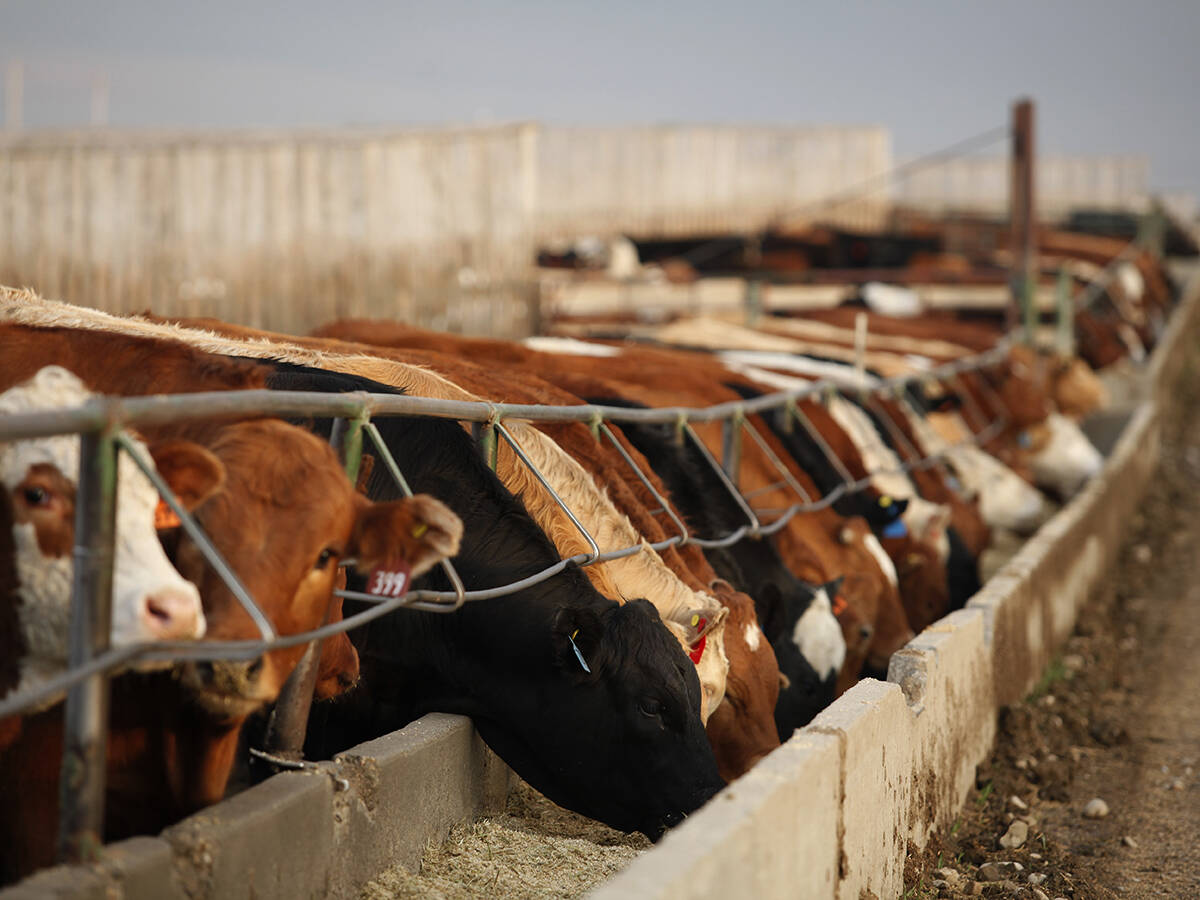
White House comments and larger supplies pressure cattle market
White House comments on increasing imports and larger supplies pressure the cattle market in North America, Jerry Klassen observes.
If the calf is too cold to suck a bottle, give it by tube. A cold calf only has about two hours’ worth of stored energy in brown fat and what was left in the stomach from amniotic fluid. When those stores are used up, it can’t stay warm enough in cold weather. Colostrum is the best thing to feed him because it’s easy to digest and contains twice the fat energy of regular milk.
You must also warm the calf externally. Some people use a warm water bath because it warms the calf’s extremities and body surface quickly, but this is hard to do in the barn. Using warm water is also labour-intensive because you then have to get the calf completely dry afterward.
“What I like best, since it’s easier, is a warming box,” says Callan. “You need electricity, but a small ceramic electric heater in a small enclosed crate where you can regulate the temperature works well. You are not only warming the cold body surface, but the calf is breathing warm air, which helps raise his core temperature. All his blood goes through his lungs, so if he can breathe warm air this really helps.”
In some cases, your first option might be to put a calf on the floor of your pickup with the heater running, especially if you find the calf a long way from the barn or electricity source.
Keep tabs on temperature
Callan recommends checking the calf’s temperature every few hours to make sure it is rising. “The energy provided with one feeding of colostrum or milk can be used up in four to six hours and the calf may need more,” he says.
If you can get the calf indoors in a warm place, you can use warm water to help thaw cold, freezing extremities (feet, ears, tail), but if he’s still outdoors you’re losing ground if you keep him wet, because the moisture cools quickly. You have to the calf dry. The quickest way to thaw a frozen calf is with warm water, but make sure the water is not too hot or it may damage the skin, which is already compromised if frostbitten. If you warm the calf in a tub, completely dry him before he goes back outside to cold temperatures
A safe way to warm a severely cold calf is with warm IV fluids and warm air (to warm the air he’s breathing). You need to warm the innermost part of the body as swiftly as you warm the outside. If the calf is wet, you need to be drying him at the same time. Towels and hair dryers can help speed the process. Hot water bottles wrapped in towels, or electric blankets, can also help a calf that’s just chilled and not frozen.
If the calf was merely chilled and gets his body temperature back to normal within an hour or so, and has a belly full of colostrum, it can probably go back out with mom. If it suffered frostbitten ears, tail or feet, however, it needs to stay indoors (perhaps with mom in a stall in the barn, with good bedding) until the frostbitten tissues are no longer swollen and painful. Otherwise, they are more vulnerable to freezing again.



